The Largest Automotive Recalls in History (So Far)
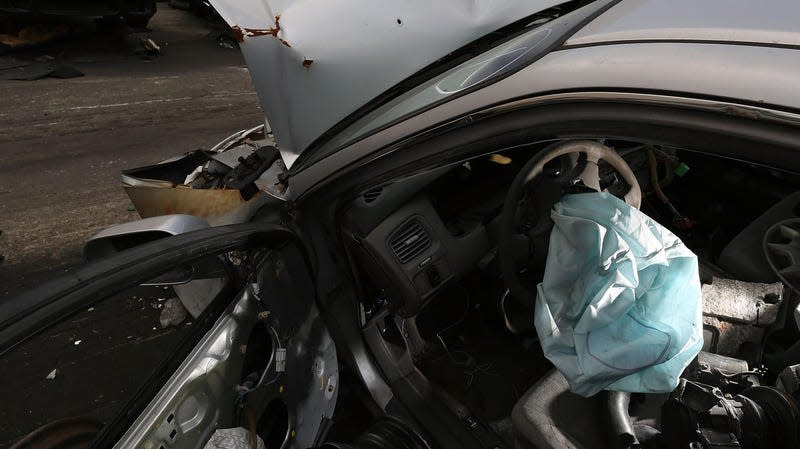
As long as there have been mass produced vehicles, there have been recalls. Henry Ford had to recall his first run of Model Ts, for instance, after he cheaped out and used Spanish Moss to fill the seats rather than cotton or other fibers. This gave his customers a charming case of chiggers and other biting insects that make their home in the moss.
Many of these recalls follow a similar vein: Automaker tries to save some money with a cheap part, and ends up shelling out millions in recalls, repairs, lawsuits or, in the worst instance, wrongful death suits. And then there are the automakers that outright cheated or knew about fatal design flaws and did nothing.
Read more
1.5 Million Vehicles - Ford’s 1978 Pinto Recall
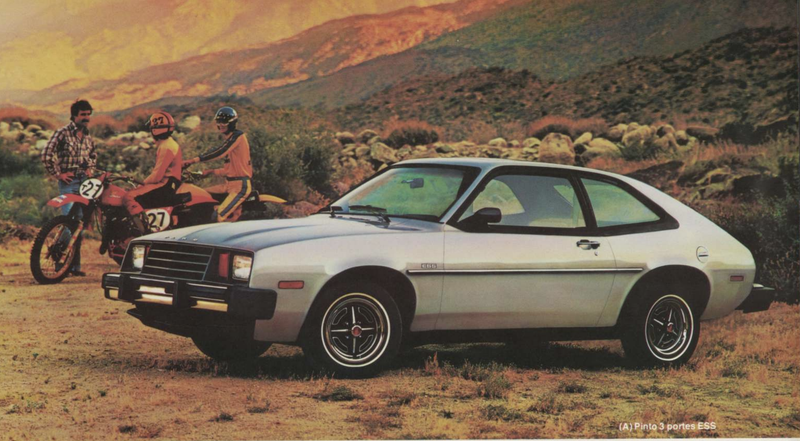
The infamous fuel tank in the back of the Pinto hatchback probably wasn’t as dangerous as we’ve been led to believe, but public backlash pushed Ford into the massive recall. The feds had been breathing down Ford’s neck for years, and an avalanche of bad publicity finally pushed Ford to act in 1978. From the New York Times:
Included in the recall are all Pinto models except station wagons made for the model years 1971 through 1976. Also, 30,000 Mercury Bobcats equipped with the same type of fuel system in the 1975 and 1976 model years will be recalled, the company said.
The Pinto didn’t really blow up more often as other cars of the era (a Rutgers Law Journal report found the total number of Pinto fires, out of 2 million cars and 10 years of production, was all of 27) but the reputation, and Ford’s reluctance to repair the faulty part even after horrifying deaths, was impossible to shake. The recall killed the pint-size Pinto as well as Lee Iaccoca’s career at Ford.
3.7 Million Vehicles - Volkswagen’s 1972 Windshield Wiper Recall
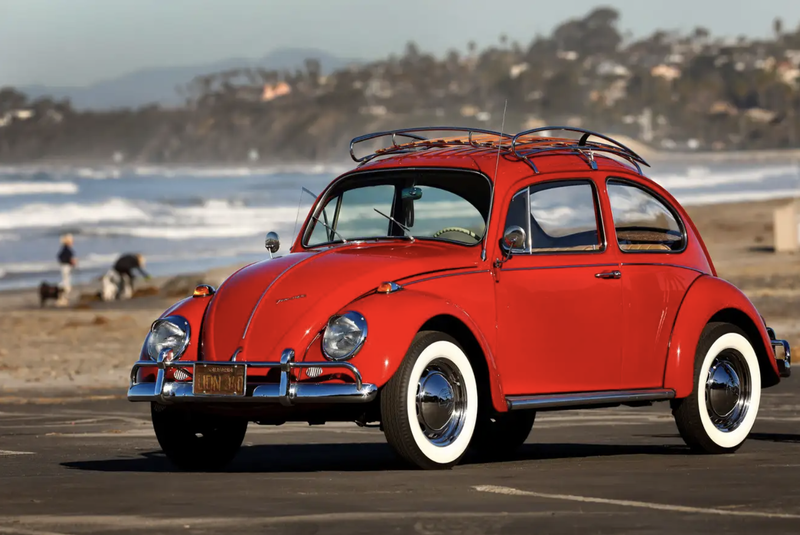
Not even the sturdy VW of old can escape some pretty big recalls. This recall affected vehicles built between 1947 and 1969, the New York Times reports. The screw in the windshield wiper arm could come loose from the shaft, resulting in wiper blade failure. NHTSA and VW both received complaints but, before issuing a recall under pressure from the feds, Volkswagen insisted the issue did not affect safety (because who needs to see in inclement weather, right?) and therefore owners should pay for the repair themselves.
3.7 Million Vehicles - GM’s 1973 Underbody Shields Recall

This recall included Chevrolets, Pontiacs, Buicks and Oldsmobiles built between 1972 and 1973. The open underbody made it possible for gravel or other road debris to bounce into steering mechanism, which is something you most certainly do not want, according to the New York Times:
The condition, General Motors said, can become a problem only if a car “is driven over loose gravel, on extremely rutted roads at speeds which caused the car to pitch excessively.” If the front frame cross‐member, a cross bar similar to a step on a ladder, dips so low to the ground that it scoops up loose stones or gravel “it then is possible that stones of a certain size and shape may lodge between the steering coupling and the frame.” The stones fall out of the car if turned to the right, G.M. said, but the steering may jam in an attempted left turn.
GM knew about the problem for a year and figured it wasn’t really a safety issue that merited a recall. The position changed after the company received reports of at least 96 incidents which resulted in 23 crashes and 12 injuries before the feds finally forced the automaker’s hand. The fix was to install additional underbody shielding on the vehicles.
4.3 Million Vehicles - Ford’s 1972 Seatbelt Recall
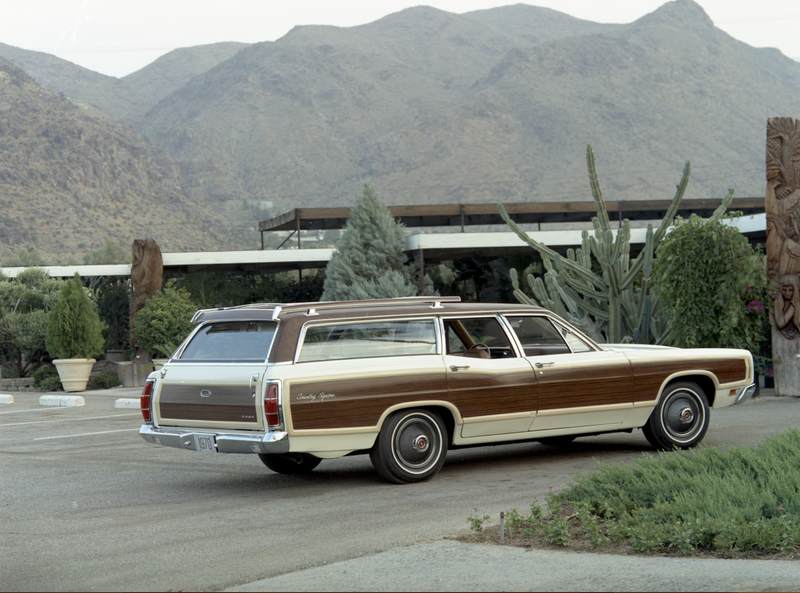
In 1971, Ford recalled nearly every car it made in the 1970 and 1971 model years to correct a defective shoulder harness that could cause seatbelts to fail, according to a New York Times report at the time of the recall (emphasis mine):
The harnesses in the 1970 and 1971 Fords have a metal stud that dips into a keyhole like slot in the seat belt buckle, which keeps the harness in place. The stud is covered with a plastic sleeve, or grommet, which allows the stud to lock into place.
The plastic grommets “have been found to break with re peated usage,” a spokesman for Ford said, and if broken, the harness will not lock into place. The company said it knew of no injuries because of the defective harnesses but it had reports of about 80 such failures.
“Judging from surveys which indicate that less than 5 per cent of drivers and front seat passengers use shoulder belts, we suspect that many of those who returned their cars to their dealership for grommet replace ment will be taking a close look at the harnesses for the first time,” said P. E. Benton Jr., general manager of Ford’s customer service division
Man, the ’70s were just a different time, huh?
4.9 Million Vehicles - GM’s 1969 Fatal Exhaust Recall
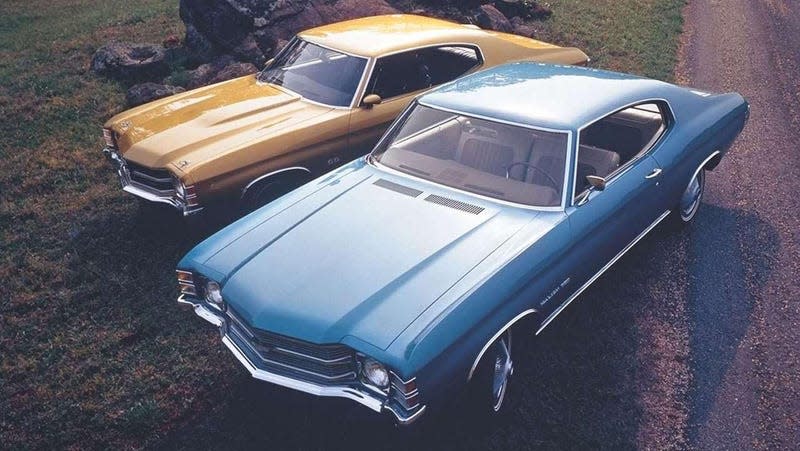
Unfortunately, there wasn’t much I could find on this recall. The problem came from the carburetor, as a report from the New York Times notes, and the problem could jam the throttle. It could also leak carbon monoxide into the passenger compartment, a defect which caused at least four deaths.
6 Million Vehicles - GM’s 1981 Control Arm Recall
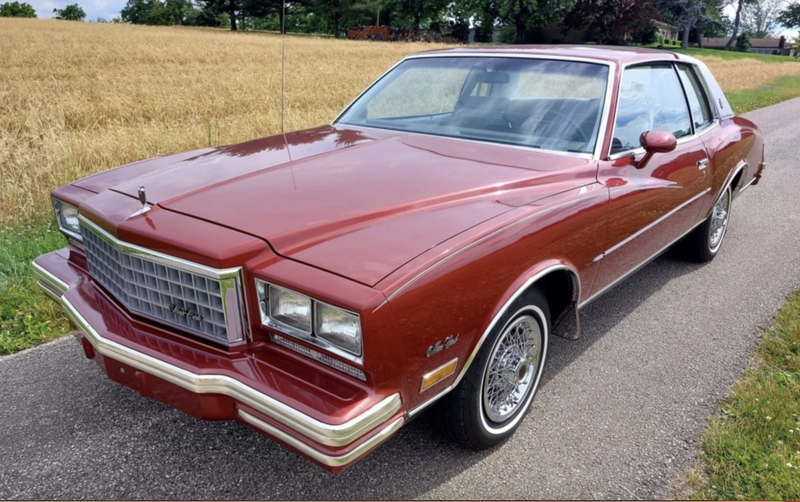
A 1980 Chevrolet Monte Carlo
Speaking of scenarios you absolutely Do Not Want, GM’s light trucks and cars were losing bolts and control arms out of rear suspensions, sending cars out of control. The recall hit mid-sized vehicles from 1978 through early 1981 model years, which included, according to the New York Times: “...Chevrolet Malibu and Monte Carlo; Pontiac LeMans and Grand Prix; Buick Century and Regal, and all versions of the Oldsmobile Cutlass. The company also recalled Chevrolet El Camino and G.M.C. Caballero light trucks from those model years.”
6.7 Million Vehicles - GM’s 1971 Engine Mount Recall
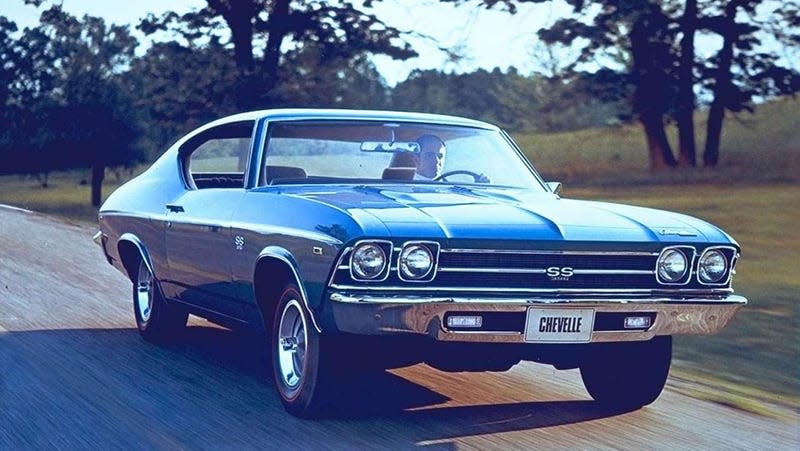
This recall was quite the big deal when it dropped. GM claimed the fault wasn’t a safety hazard, but I’ll let you be the judge of that, from the New York Times:
The two motor mounts are rubber and metal sandwiches placed between the engine and the automobile skeleton to keep the engine vibration from passing into the skeleton. Chevrolet owners have been com plaining that these mounts have been breaking, and the company has replaced 100,000 of them.
When the mounts break, it has been charged, the engine may lift a few inches from the engine compartment, jamming the throttle open and breaking the power brake lines. This leaves the car speeding and without brake power.
This historic recall was the largest up until that point, coming only a year after NHTSA was founded.
8.4 Million Vehicles - Takata’s 1995 Seat Belt Buckle Recall

I bet you find Takata a familiar name in automotive recalls. Before it was air bags, Takata was making another safety device in a seriously unsafe way: seat belt buckles. Owners complained to NHTSA about the buckles failing to latch, latching and then automatically (and unexpectedly) unlatching, and becoming unlatched during crashes. Ya know, right when you need that sucker to stay tight.
The giant auto supplier worked with 11 different automakers, including Chrysler, General Motors, Ford, Honda, Isuzu, Mazda, Nissan, Daihatsu, Mitsubishi and Subaru.
At first Takata blamed messy Americans for dumping soft drinks all over their cars and then using their french fry salt-coated fingers to try and re-latch the belts. NHTSA, however, disagreed. After a months-long investigation, the feds found the cause of the defect was the ABS plastic used in manufacturing the seat belt, which degraded and splintered when exposed to light. These flecks of plastic then jammed up the locking mechanism in the belt buckle, according to the Center for Auto Safety.
8.7 Million Vehicles - Ford 1996 Ignition Switch Recall

The 1996 recall was the largest of all time up by a single automaker until that point. Ford customers reported over 1,100 ignition switches fires and two serious injuries before public pressure and three federal investigations, nine class action lawsuits and, finally, action from the Canadian government forced the automaker into a recall, the New York Times reports. The recall affected Ford vehicles from 1988 through 1993. While no deaths were reported, families did lose their homes when their garages caught fire due to the faulty switch.
11 Million Vehicles - Volkswagen’s 2016 Dieselgate Recall

Hey do you guys remember Dieselgate? Of course you do! Who could forget the years-long unraveling and the billions in fines Volkswagen had to pay to multiple countries and vehicle owners from 2016 on. It was one of the more exciting scandals in the industry at the time.
VW was using a “defeat device” that allowed its diesel vehicles to know when it was being emissions tested and put out much less pollution when someone was looking. When the vehicle wasn’t being tested, it emitted up to 40 times the toxic gases it was allowed. And VW would have gotten away with it too if it weren’t for some meddling engineering students in West Virginia, who independently tested emissions from a diesel Volkswagen and found the real world emissions didn’t match up with Volkswagen’s claims.
The company said its mea culpas, bought back and fixed or crushed thousands of vehicles, promised to build a bunch of EVs and paid out about $33 billion, according to Reuters. Every once in a while, another Dieselgate consequence will still rear its ugly head, but the story that seemed to never die finally seems to be entering its dormant stage. Our number one recall company probably wishes it could be so lucky.
14 Million Vehicles - Toyota’s Window Switches Recalls

This was a difficult recall to get just right. Toyota spent a lot of time recalling vehicles over window switches with too little grease or too much grease between 2009 and 2015. The largest such recall happened in 2012, when 7.4 million vehicles were at risk of catching fire due to the faulty switches, though a similar recalled occurred just three years later for 6.5 million vehicles. The New York Times reports that, all told, 14 million vehicles worldwide needed to be fixed. To be fair to Toyota, it sounds like quite the vexing problem:
The automaker has had trouble sourcing window switches made with the right amount of grease. Earlier recalls for the part, which is made by a Japan-based supplier, Tokai Rika, were ordered because too much heat-resistant grease was used to coat the switches’ internal mechanisms. This time, the parts were found to contain too little grease.
14.9 Million Vehicles - Ford’s Cruise Control Recalls

In a series of recalls spanning two centuries, the Blue Oval recalled a grand total of 14.9 million vehicles between 1999 and 2009 for the same problem: A faulty Cruise Control Deactivation switch, which could degrade over time. On one side of these switches was electricity and on the other, flammable hydraulic fluid, according to the Center for Automotive Safety. Even though the first recall for the switch occurred in 1999, Ford continued to use the faulty part in cars until 2004. Several NHTSA investigations and Ford recalls later, and you have one of the biggest blunders in automotive history. Of course, Ford isn’t the only automaker to tangle with unruly switches.
20.5 Million Vehicles - Toyota’s 2009 Unintended Acceleration Recalls

This is another tricky one Toyota just couldn’t shake, mostly because no one could nail down what was really causing the unintended acceleration in the first place or how common the problem actually was. In 2009, Toyota recalled cars for faulty floor mats that might trap the accelerator. A few months later, Toyota issued a recall for a sticky accelerator pedal. Some even questioned whether the defect was real or not, according to the Atlantic:
How serious were these problems? Operationally, we can say as of February 8, 2010, Toyota had a modest three problems in the U.S. Moreover, a recently released NASA study, commissioned by the National Highway Traffic Safety Administration (NHTSA), found no problem with Toyota’s electronic throttle control system, which appears to leave “pedal misapplication” as the most identifiable source of unintended acceleration, though they could not estimate its frequency. It is also now clearer that reported cases of unintended acceleration are exceedingly rare events. On average, according to NASA, the reporting of these events is about 1/100,000 vehicles a year or 1 in 1.4 billion miles driven.
The media reaction certainly didn’t help. An ABC News report called “Toyota Death Ride” showed Americans fabricated and misleading examples of unintended acceleration. Indeed, Toyota would later be indicated when the feds found most instances of unintended acceleration were from sticky pedals, bulky floor mats and drivers simply hitting the wrong pedal.
30 Million Vehicles - GM’s 2014 Ignition Switch Recall

GM admitted it knew about this particular defect for a decade and did nothing. This tragic recall came too late for at least 124 people. At least 275 more people were seriously injured in accidents cause by the defect, CNN reports. Many more brought claims against GM but were struck down as not credible for one reason or another.
Affordable GM sedans like the Pontiac G5, the Saturn Ion, the Chevrolet Cobalt and others all contained a faulty ignition switch which could turn the car into accessory mode while the keys were in the ignition, usually by a heavy keychain. Accessory mode cut power to the steering, anti-lock brakes and airbags.
Not only was GM forced to recall 30 million vehicles, it paid out $594 million in settlements to the families of those killed in car crashes caused by faulty ignition switches — at least $1 million to every family affected.
67 Million Vehicles - Takata’s 2013-Present Day Air Bag Recall

This recall was so extensive that there are still cars on the road today with the faulty air bag inflators, simply because there was no way to produce enough replacement bags to satisfy every car out there with the dangerous piece of safety equipment. Some 11 million vehicles are still out there with the faulty equipment. Here’s how Consumer Reports describes the fault:
At the heart of the problem is the airbag’s inflator, a metal cartridge loaded with propellant wafers, which in some cases has ignited with explosive force. If the inflator housing ruptures in a crash, metal shards from the airbag can be sprayed throughout the passenger cabin—a potentially disastrous outcome from a supposedly lifesaving device.
NHTSA has determined the root cause of the problem: airbags that use ammonium-nitrate-based propellant without a chemical drying agent. As postulated early on, environmental moisture, high temperatures, and age as associated with the defect that can improperly inflate the airbags and even send shrapnel into the occupant.
The first recall was issued by Honda in 2008, due to air bag inflators that could rupture when activated. This recall eventually expanded to 2.5 million Honda and Acuras — and that was only the beginning. By May 2015, Takata issued a nationwide recall of 22 million airbags. It would be the first wave of many recalls to come across the world.
These airbags made their way into the vehicles of 19 different automakers stretched out across 34 brands. This defect killed at least five people last year, and, since age and humidity makes the airbag even more dangerous, we can expect to see more deaths in the coming years. The most recent estimates put the cost to Takata for the defect at $24 billion.
More from Jalopnik
Sign up for Jalopnik's Newsletter. For the latest news, Facebook, Twitter and Instagram.

 Yahoo Autos
Yahoo Autos 